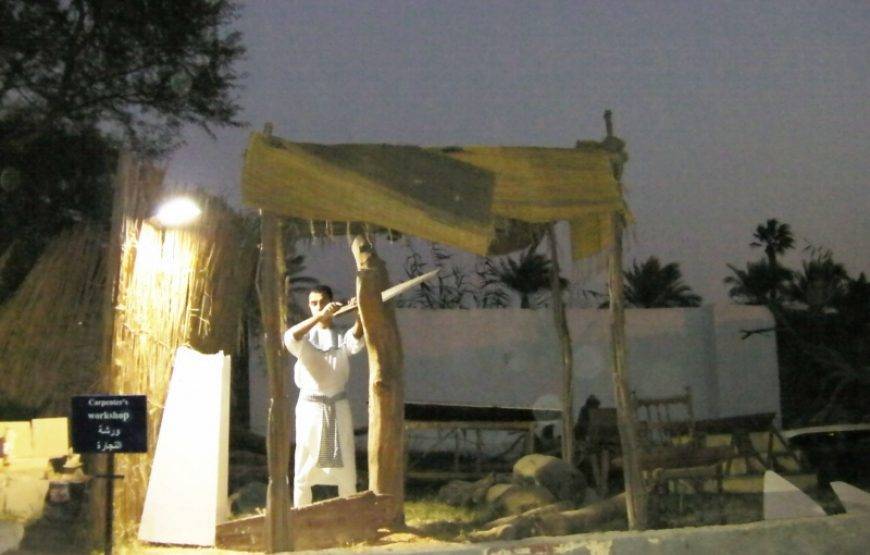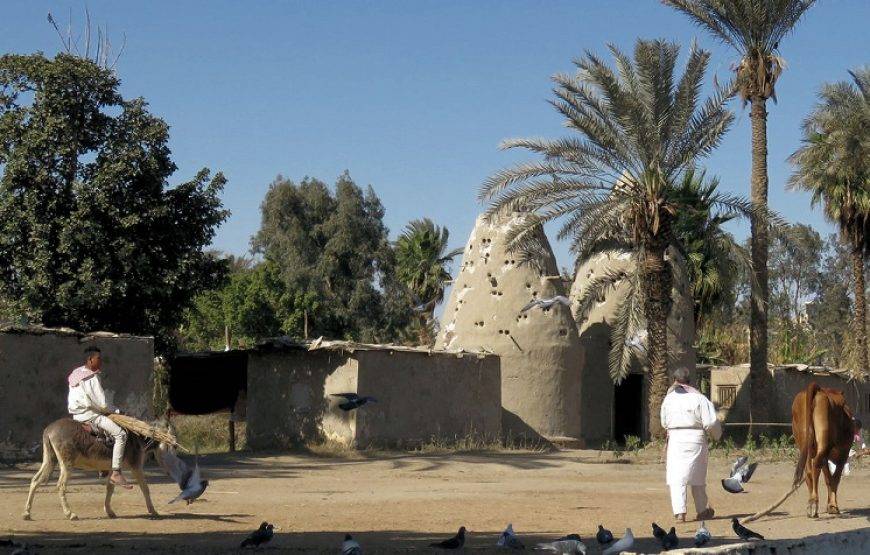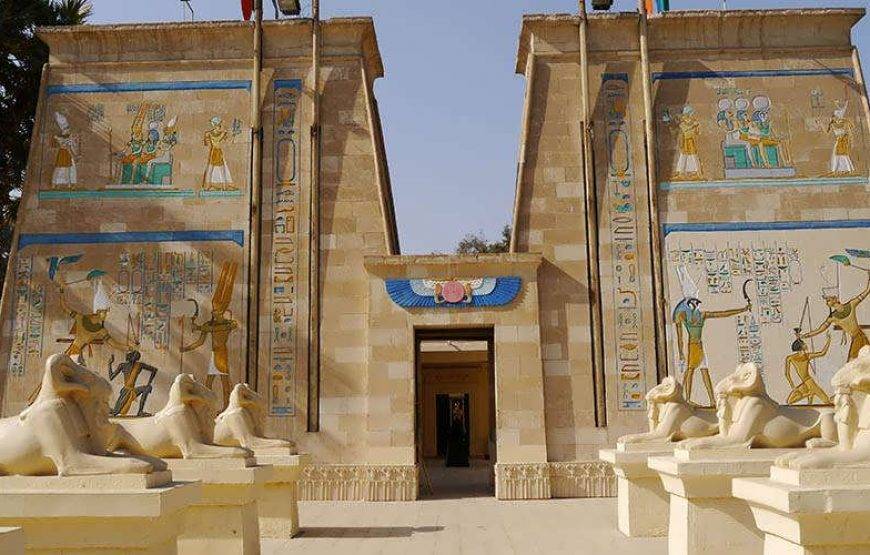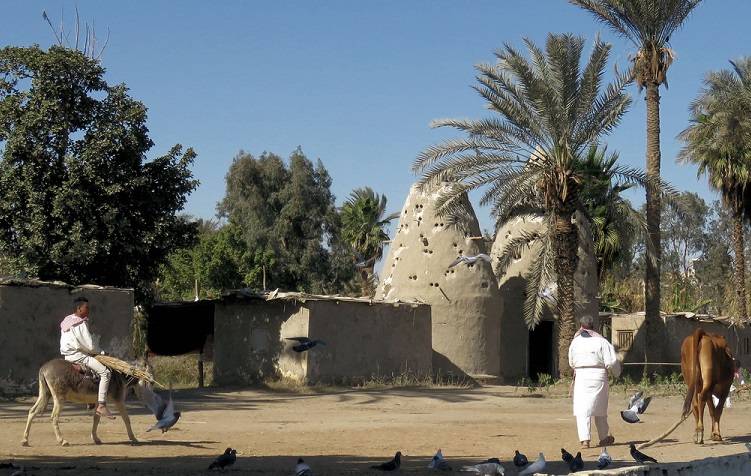from 0 review
0 - 3 Hours
Daily Tour
Unlimited
___



Take the chance of seeing a new part of Ancient Egypt, like at The Pharaonic Village in Cairo. In the Pharaonic Village Tour, you will have a tour that will take you to Old Egypt. You will know interesting information during your visit to the Pharaonic Village tour, and you will also see the process of mummification.
You will have the experience of seeing many activities that were done in Old Egypt. The Pharaonic Village is a living museum of old Egyptian life. Book Now.

Have a magnificent pharaonic village tour that will introduce you to the history of Egypt and the Egyptian lifestyle. You will see a recreated scenes of the life that old Egyptians have experienced in Ancient Egypt. In the Pharaonic Village tour, you will also see a copy of the original tomb of King Tutankhamun that is in the Valley of Kings.
You will learn about the ancient techniques of mummification; also you will learn a lot about the History of Alexandria in the new exhibit; you will have the chance to visit all these important locations Cleopatra’s Museum